Art has been an integral part of human history, reflecting the culture and values of ancient civilizations. However, many of these remarkable styles have faded into obscurity over time. This article explores several forgotten art styles that once flourished in ancient cultures. Each style is a testament to the creativity and craftsmanship of its era, offering a glimpse into the past. Let’s delve into these fascinating art forms and discover their unique characteristics.
Cycladic Art
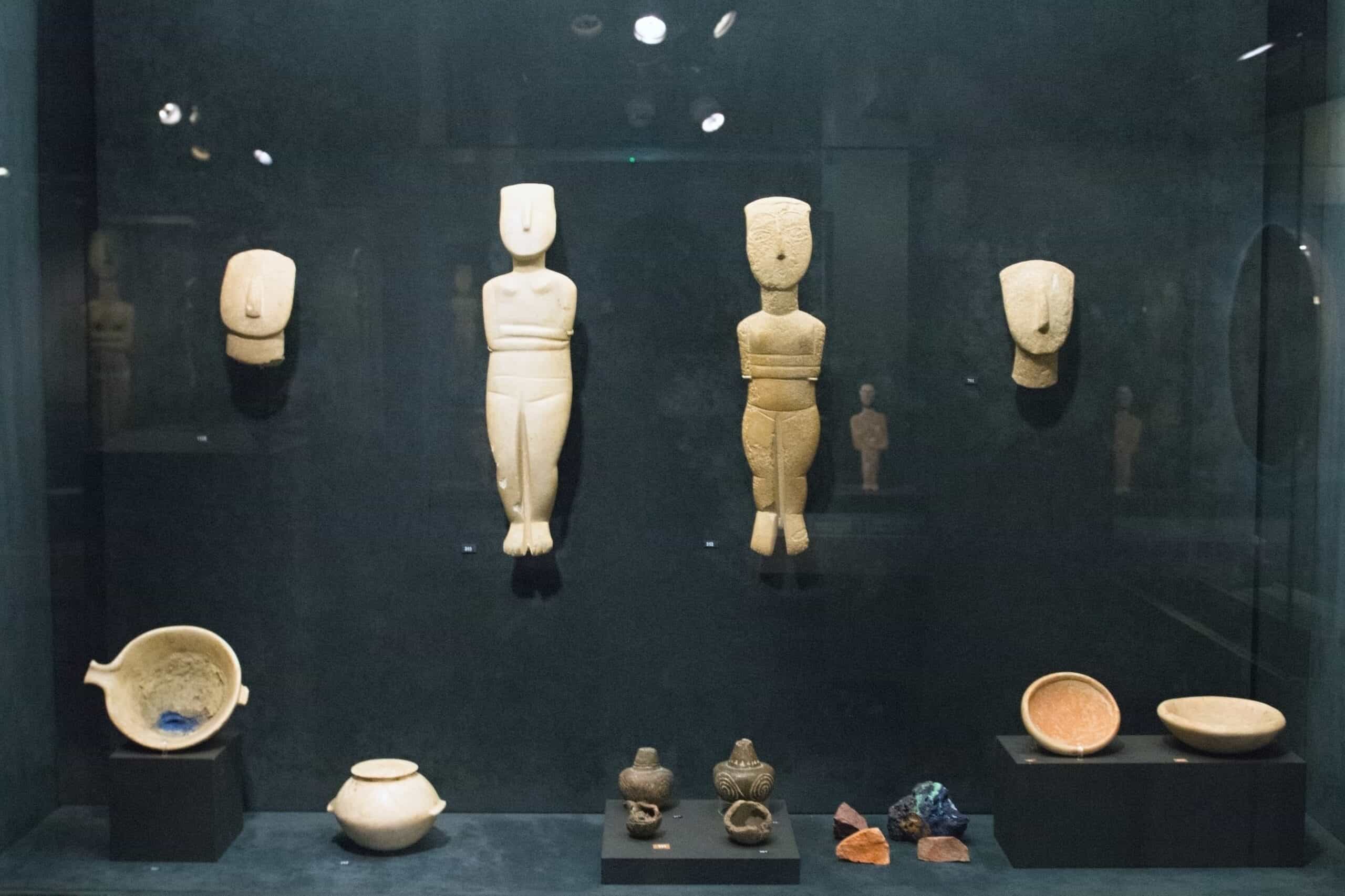
Cycladic Art originated in the Cycladic islands of the Aegean Sea around 3200 to 2000 BCE. Known for its minimalist and abstract sculptures, it primarily features marble figurines with smooth, flat surfaces. These figures, often representing female deities, have a distinctive pose with arms folded across the chest. The simplicity of the forms and the focus on geometric shapes give Cycladic Art a modern feel, despite its ancient origins. The civilization’s isolation on the islands contributed to the unique style, which had limited influence from neighboring cultures. These sculptures were often placed in graves, serving a ritualistic or religious purpose. Today, Cycladic Art remains a symbol of the early development of Greek artistic traditions.
Nubian Art
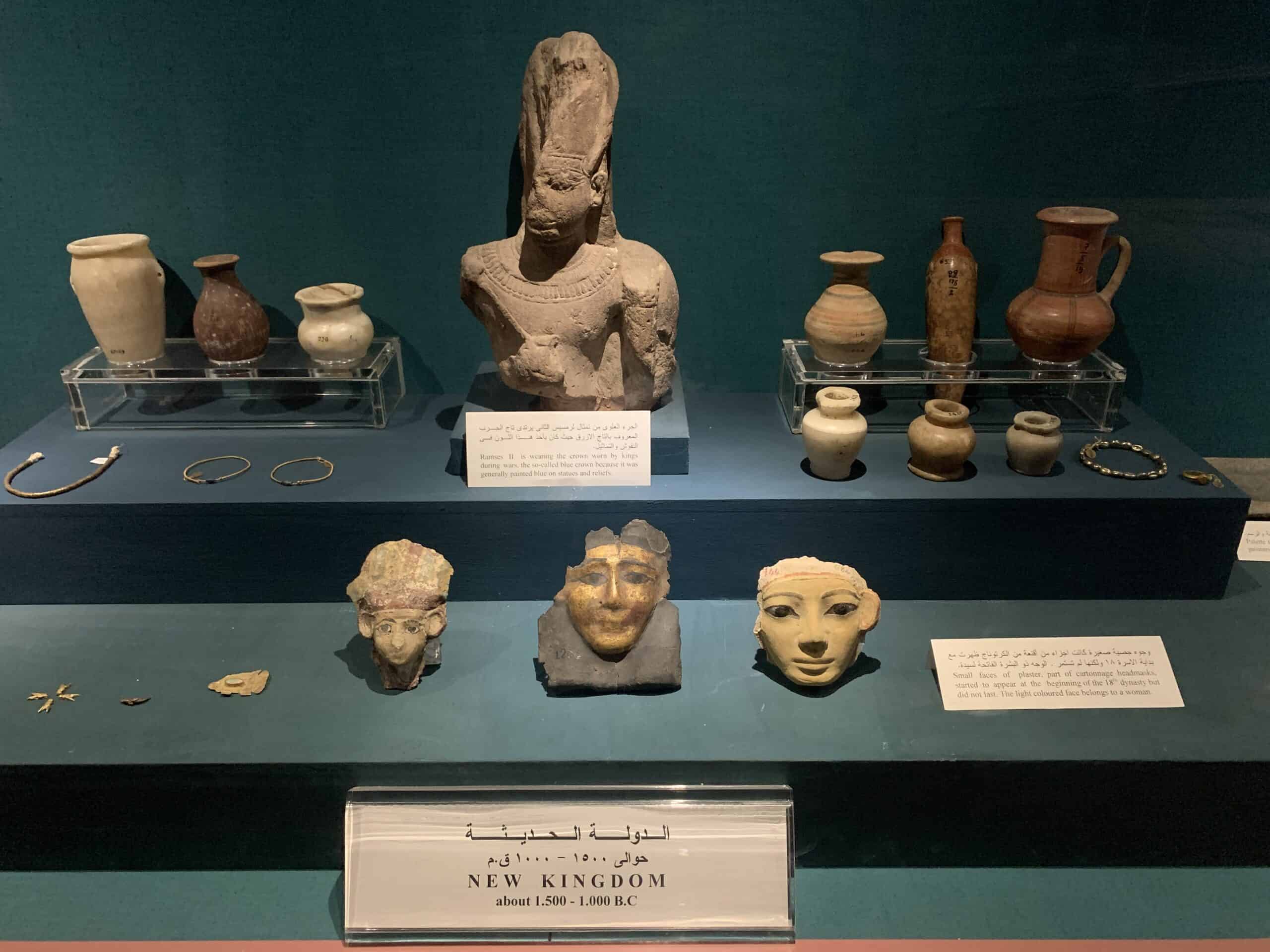
Nubian Art flourished in the region of Nubia, south of ancient Egypt, from around 4000 BCE to 350 CE. The art reflects the rich culture and interactions between Nubia and Egypt, with influences seen in the intricate pottery, jewelry, and temple carvings. Nubian artists were skilled in working with gold, producing exquisite jewelry that symbolized power and prestige. The art also includes impressive stelae and statues, often depicting kings, queens, and deities. Nubian pyramids, though smaller than their Egyptian counterparts, are adorned with unique decorative elements. Despite being overshadowed by Egyptian art, Nubian Art stands out for its distinct style, which combines indigenous elements with Egyptian influences, showcasing the complexity of this ancient civilization.
Etruscan Art
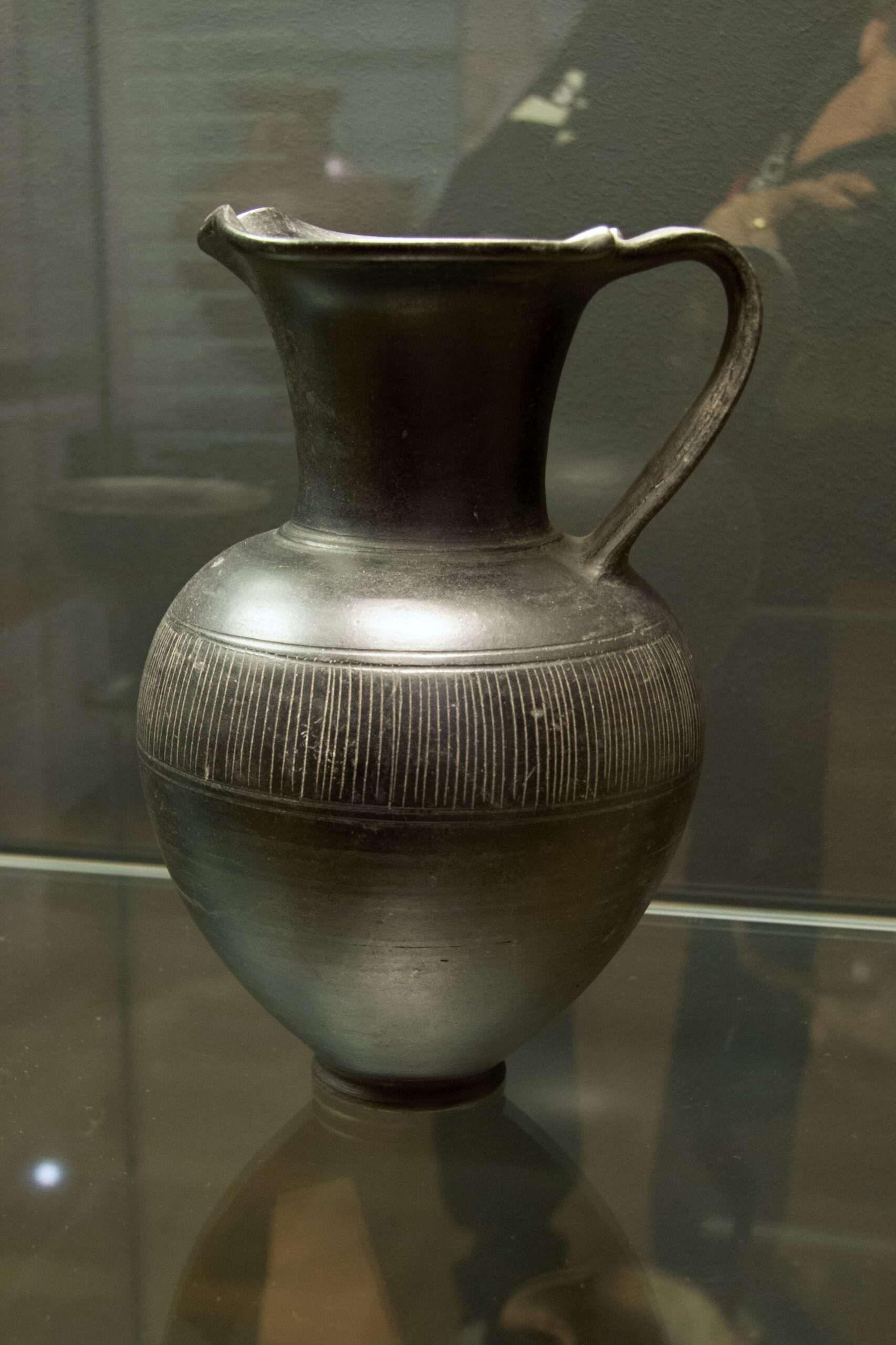
Etruscan Art, which thrived in central Italy between the 8th and 3rd centuries BCE, is known for its vibrant and lively character. The Etruscans excelled in various forms of art, including pottery, bronze work, and wall paintings. Their funerary art is particularly notable, with elaborately decorated tombs that feature detailed frescoes of banquets, dances, and religious rituals. The Etruscans also produced intricately designed jewelry and bronze sculptures, such as the famous Chimera of Arezzo. Unlike the more austere Roman art that followed, Etruscan Art celebrates life and the afterlife with a joyful and colorful aesthetic. This art style provides valuable insights into the beliefs and daily life of the Etruscan people, though it is often overshadowed by Roman achievements.
Minoan Fresco Painting
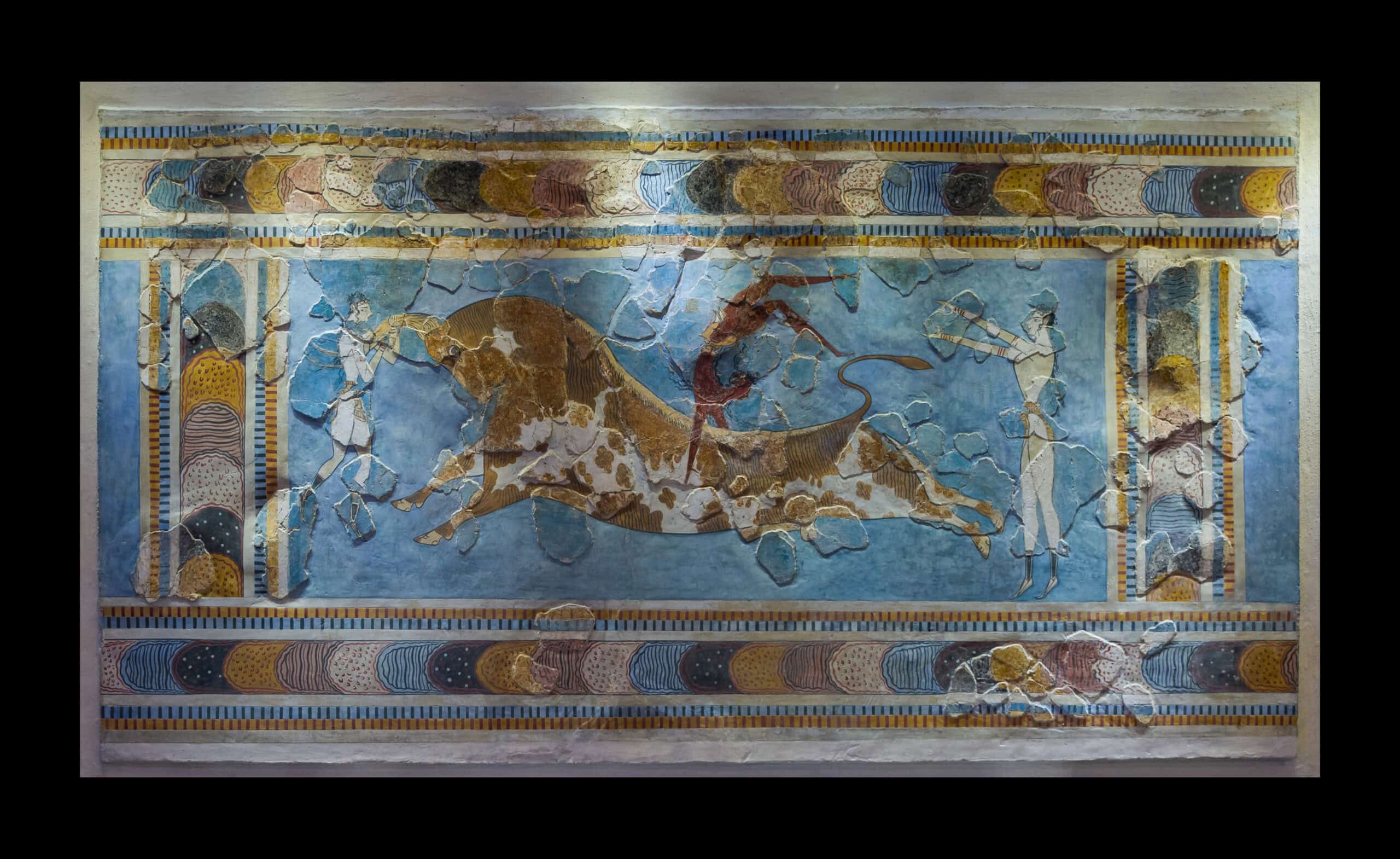
Minoan Fresco Painting, originating from the island of Crete around 2000 to 1500 BCE, is renowned for its vibrant colors and dynamic compositions. The frescoes adorned the walls of palaces like Knossos, depicting scenes of nature, religious rituals, and everyday life. The most famous frescoes include the “Bull-Leaping” scene and the “Dolphin Fresco,” both showcasing the Minoans’ deep connection with nature and their dynamic use of movement in art. The Minoans developed a unique technique of applying paint to wet plaster, which allowed the colors to penetrate the surface and last for millennia. The fluidity and elegance of Minoan frescoes reflect a society that valued beauty, harmony, and the natural world.
Scythian Art
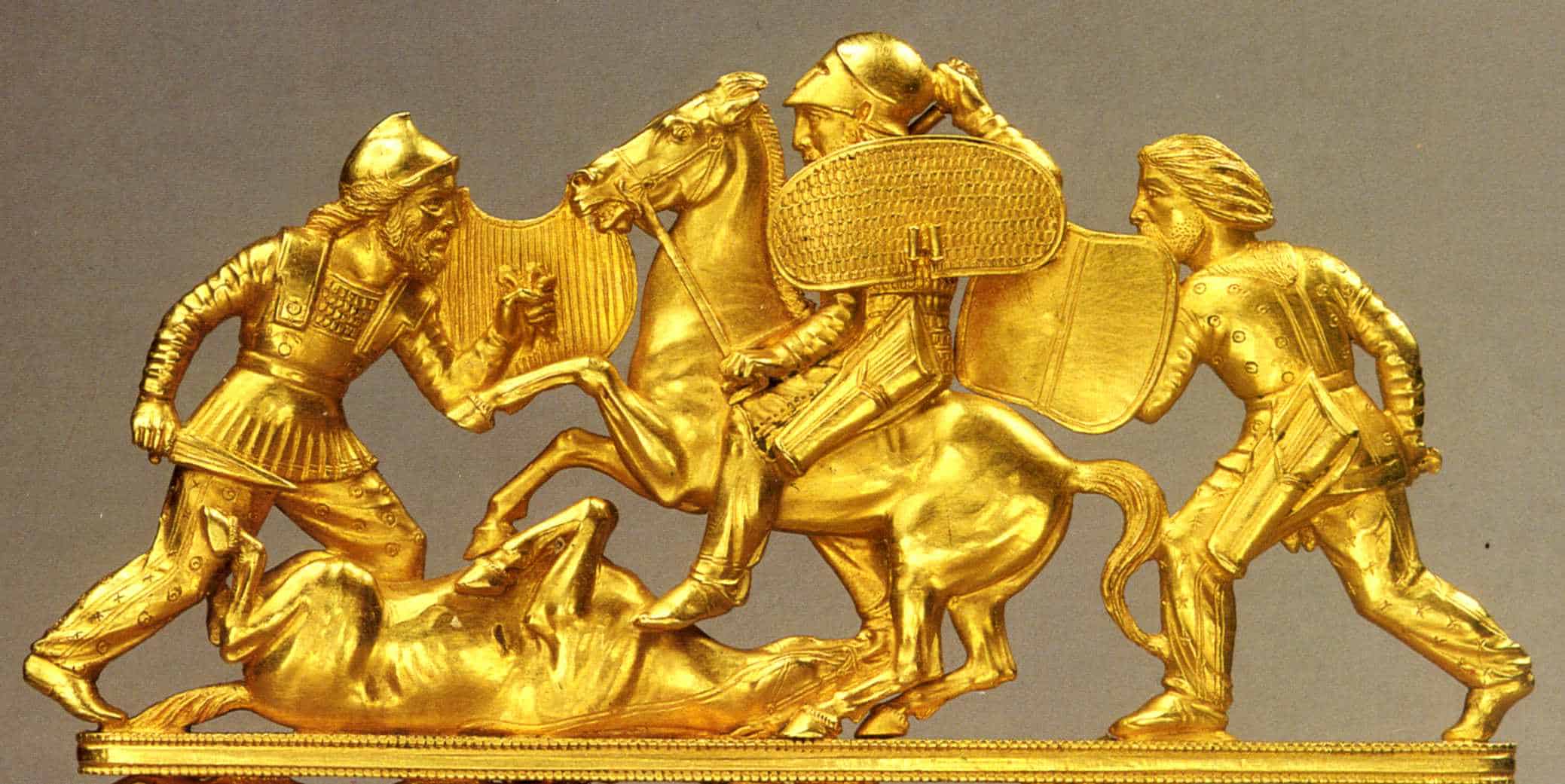
Scythian Art, created by the nomadic Scythian people who lived in the Eurasian steppes from the 9th to the 2nd century BCE, is characterized by its intricate gold work and animal motifs. The art often features stylized depictions of animals such as deer, eagles, and wolves, symbolizing power, agility, and spiritual significance. Scythian artists were master goldsmiths, producing ornate jewelry, weaponry, and horse tack adorned with detailed animal figures. These items were often buried with the dead, reflecting the Scythians’ beliefs in the afterlife and the importance of status and wealth. The art also includes textiles, wood carvings, and pottery, although these materials have not survived as well as the gold artifacts.
Moche Pottery
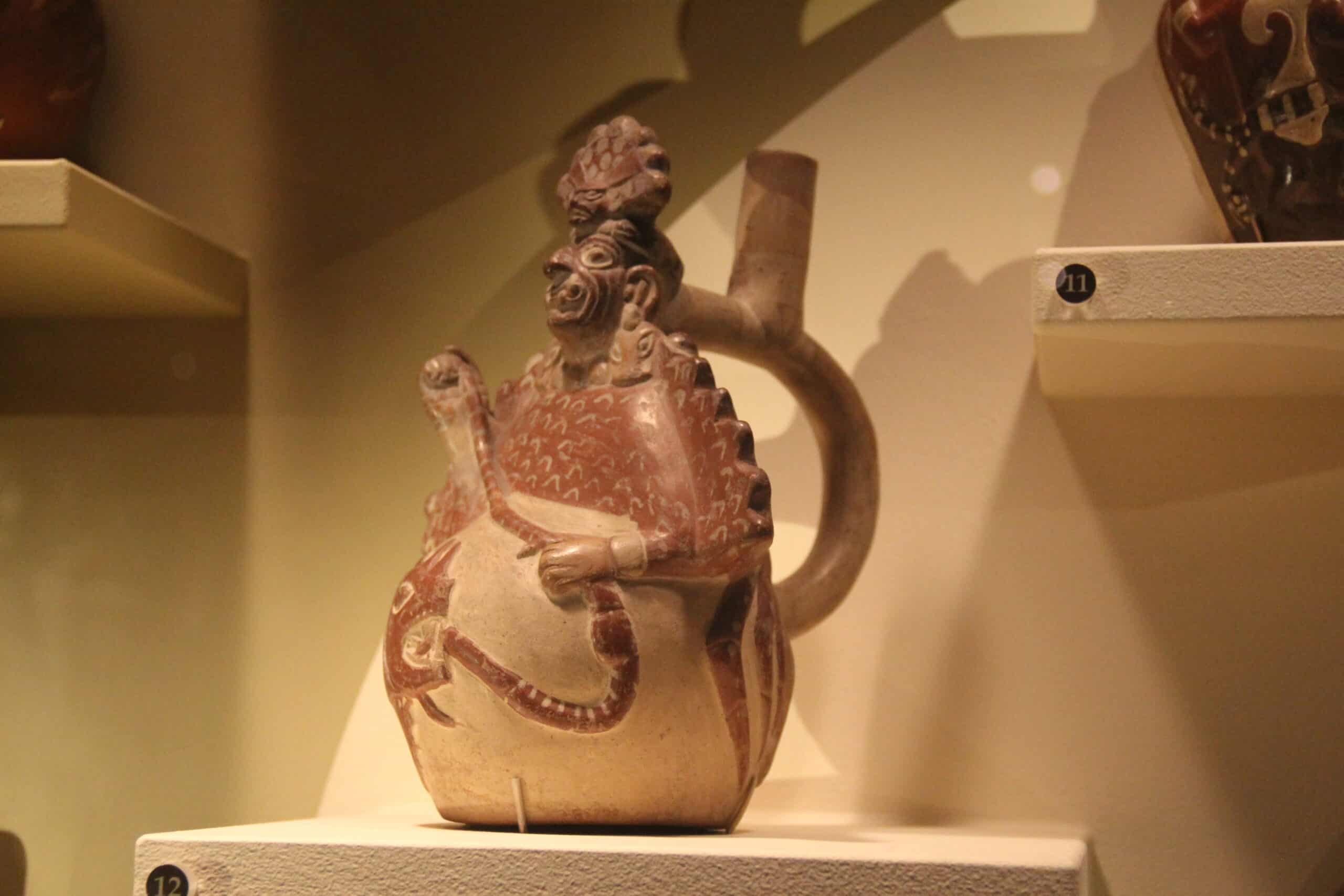
Moche Pottery, created by the Moche civilization in present-day Peru between 100 and 700 CE, is famous for its realistic portrait vessels and detailed depictions of daily life and mythology. The Moche were skilled potters, using fine clay to create vessels that often took the form of human faces, animals, and scenes of rituals. These vessels are notable for their lifelike quality and the vivid narrative scenes they portray, offering insights into the Moche’s beliefs, social structure, and environment. The pottery was typically painted in shades of red, white, and cream, with intricate details that bring the scenes to life.
Nok Terracotta
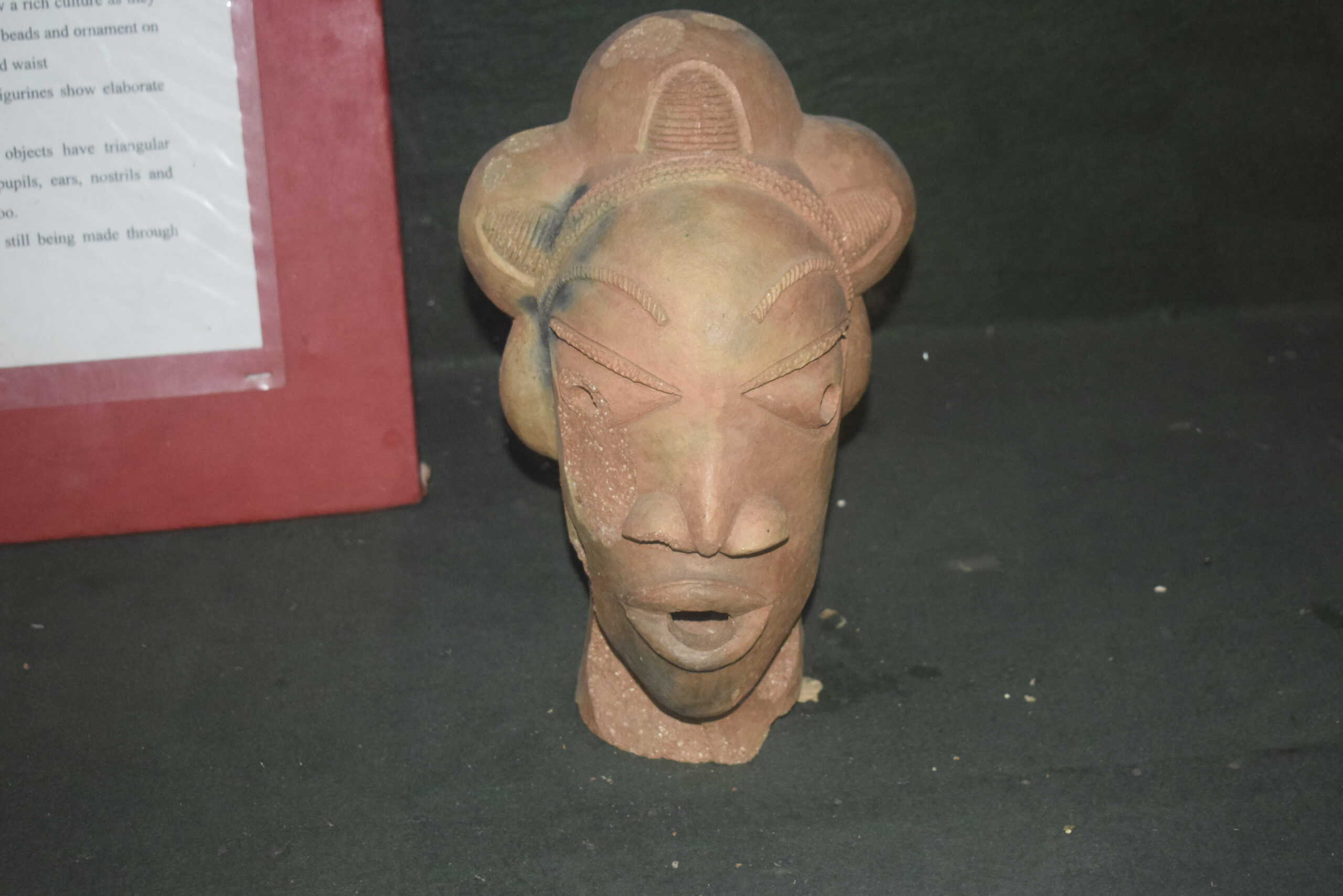
Nok Terracotta art comes from the Nok culture in present-day Nigeria, flourishing between 1000 BCE and 300 CE. This art style is known for its distinctive terracotta sculptures, particularly the large, hollow heads and figures that often depict humans with elaborate hairstyles and expressive features. The sculptures are characterized by their abstract yet realistic style, with exaggerated facial features and detailed ornamentation. These works are among the earliest examples of African sculpture, and their discovery has provided valuable insights into the Nok culture, one of the earliest known civilizations in sub-Saharan Africa. The function of these terracotta figures is still debated, with theories ranging from religious idols to grave markers.
Paracas Textile Art
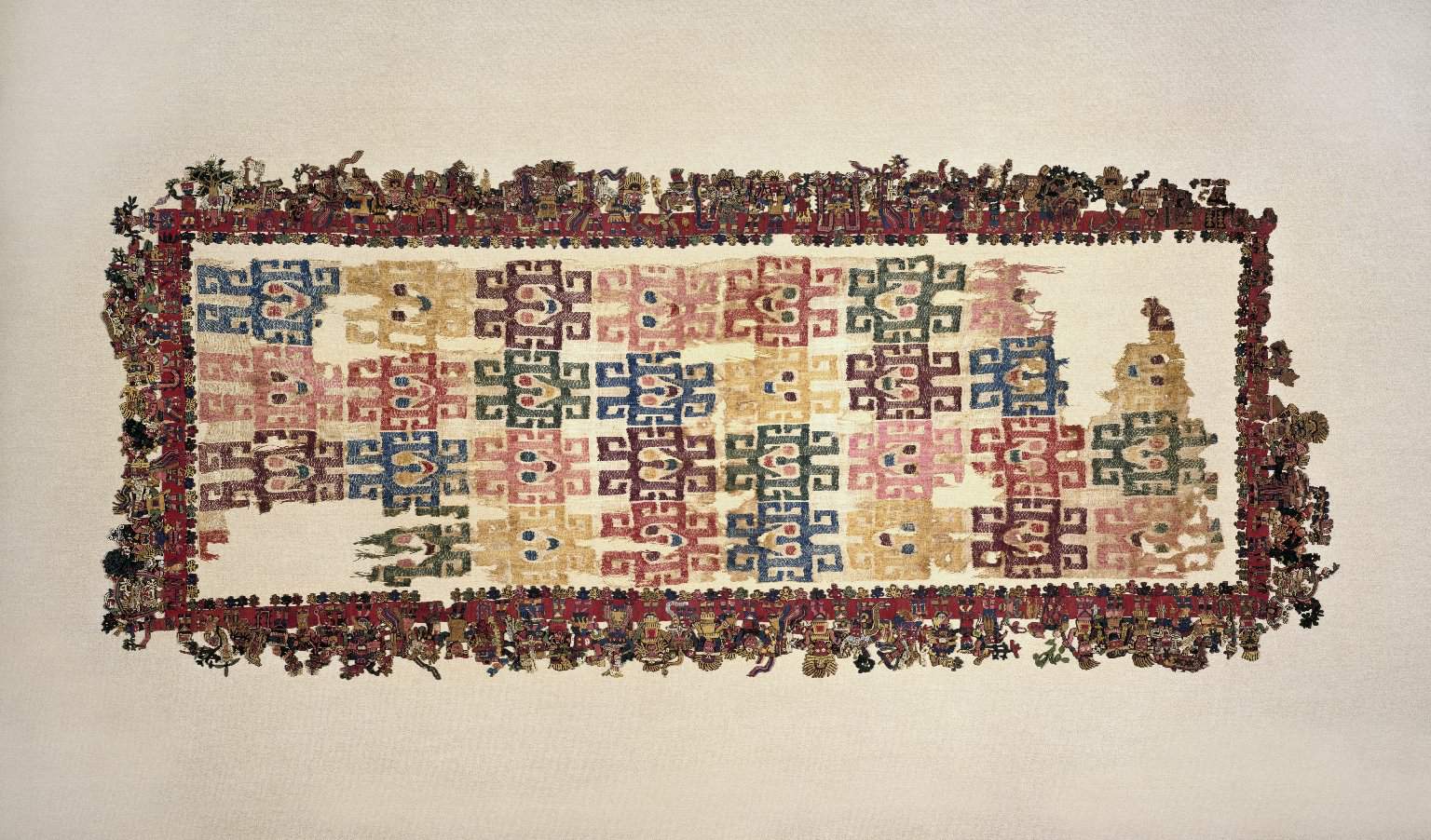
Paracas Textile Art, produced by the Paracas culture in ancient Peru between 600 and 150 BCE, is renowned for its complex and colorful textiles. These textiles, often made from alpaca and vicuña wool, are intricately woven and embroidered with vibrant designs that depict animals, plants, and mythological figures. The Paracas people used natural dyes to achieve a wide range of colors, and the level of detail in their textiles is remarkable, with some pieces containing up to 200 threads per inch. These textiles were often used as funerary wraps for the dead, signifying the importance of textiles in Paracas culture.
Sassanian Rock Reliefs
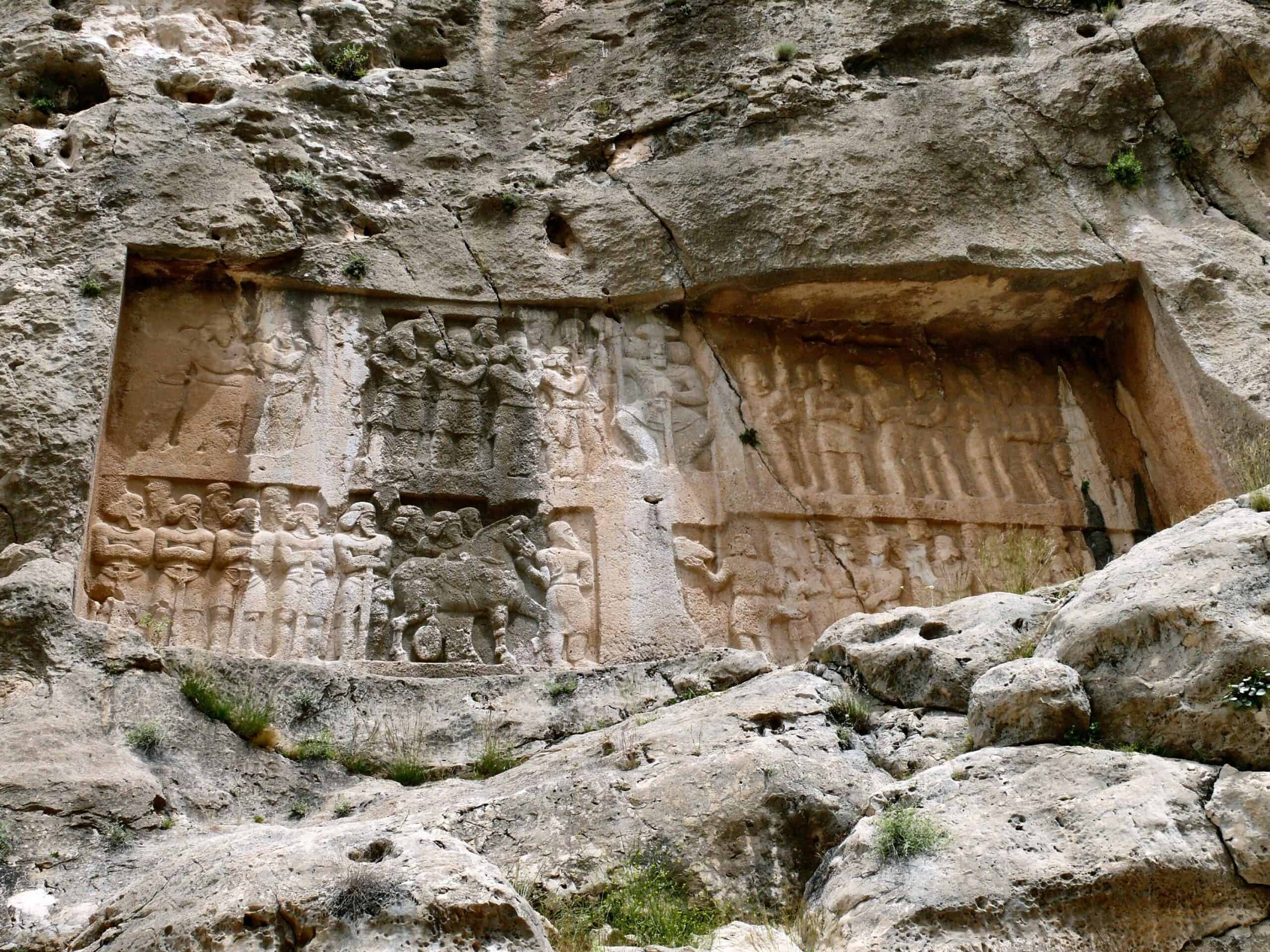
Sassanian Rock Reliefs, created by the Sassanian Empire in Persia (modern-day Iran) between 224 and 651 CE, are grand carvings found on cliffs and mountainsides that depict royal ceremonies, battles, and religious scenes. These reliefs are characterized by their bold, dynamic compositions and detailed figures, often portraying kings in elaborate costumes, triumphing over enemies or receiving the divine favor. The most famous examples include the reliefs at Naqsh-e Rustam and Taq-e Bostan, which showcase the power and glory of the Sassanian kings.
Mycenaean Goldsmithing
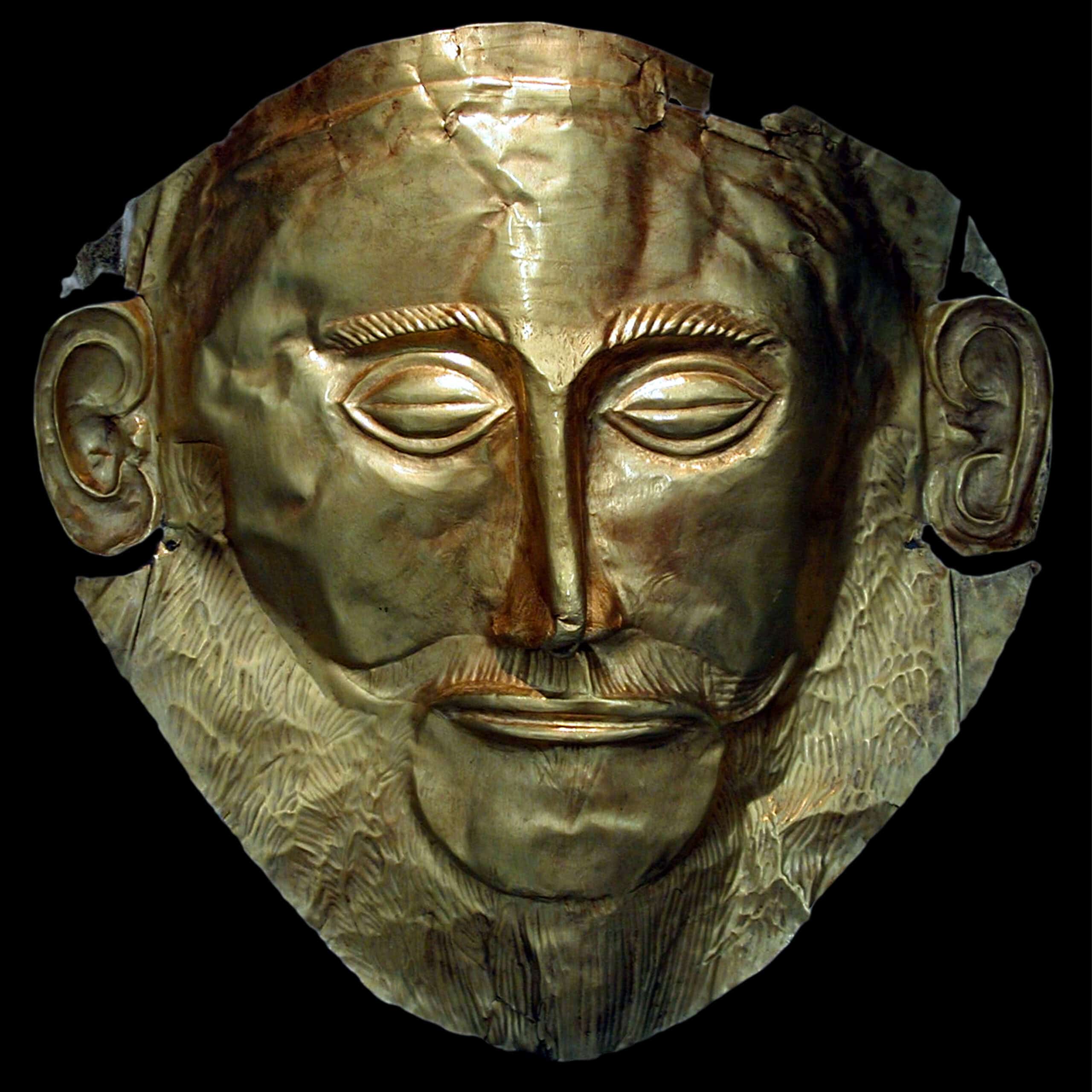
Mycenaean Goldsmithing thrived in ancient Greece around 1600 to 1100 BCE. Artisans created intricate jewelry, funeral masks, and decorative items. The famous “Mask of Agamemnon” showcases their detailed craftsmanship. Techniques like granulation and filigree were commonly used. These gold objects held both decorative and religious significance. The decline of the Mycenaean civilization led to the loss of many techniques. Yet, surviving artifacts highlight the advanced skill of these ancient goldsmiths.
Olmec Colossal Heads
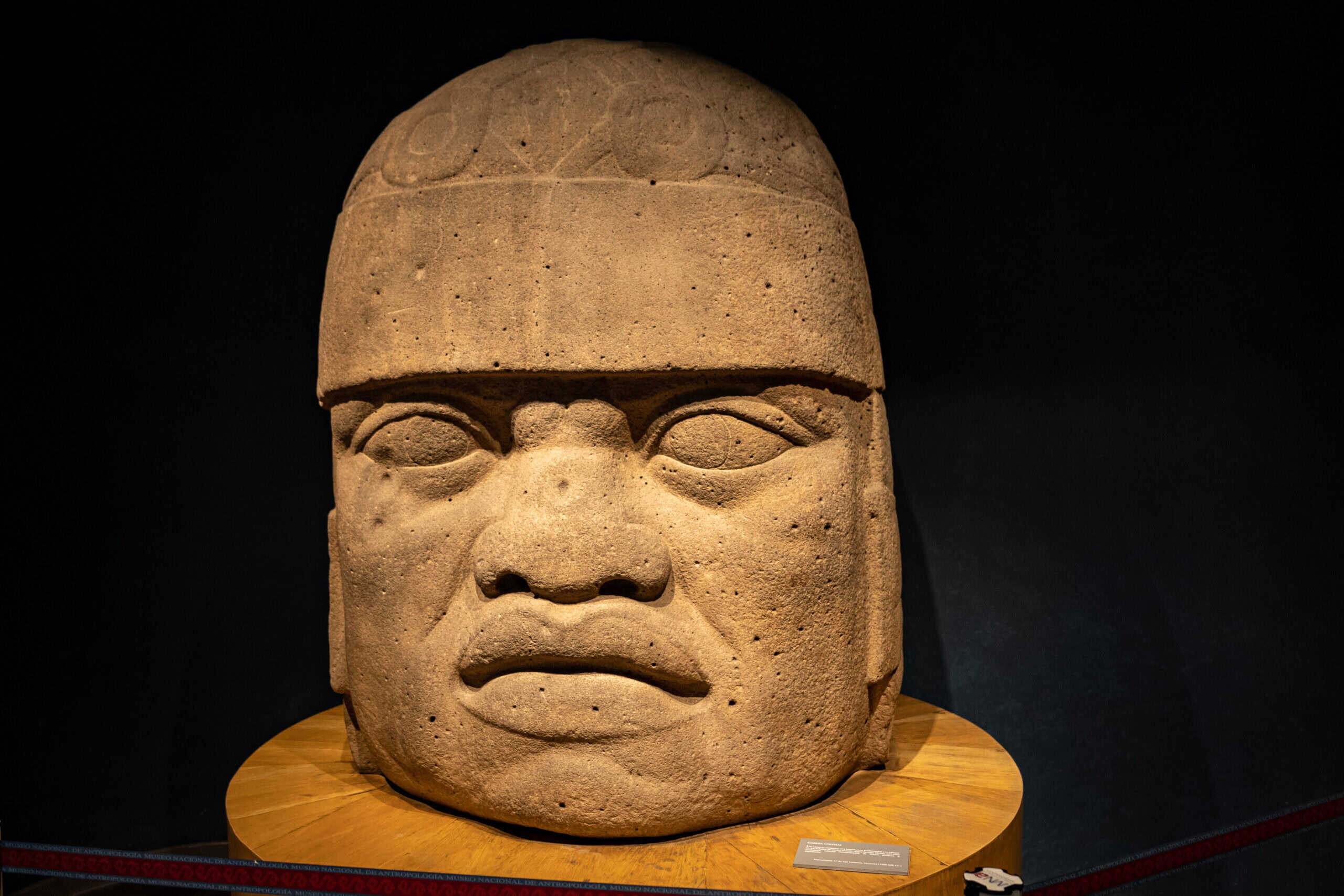
The Olmec Colossal Heads, made by the Olmec civilization in Mexico, date back to 1500 to 400 BCE. These massive stone heads can weigh up to 50 tons and stand over 9 feet tall. Each head has distinct facial features, likely representing rulers. The effort to carve and transport these stones reflects their importance. They probably served as symbols of power and authority. Much about the Olmec civilization remains a mystery, including the exact purpose of these heads.
Gandhara Greco-Buddhist Art
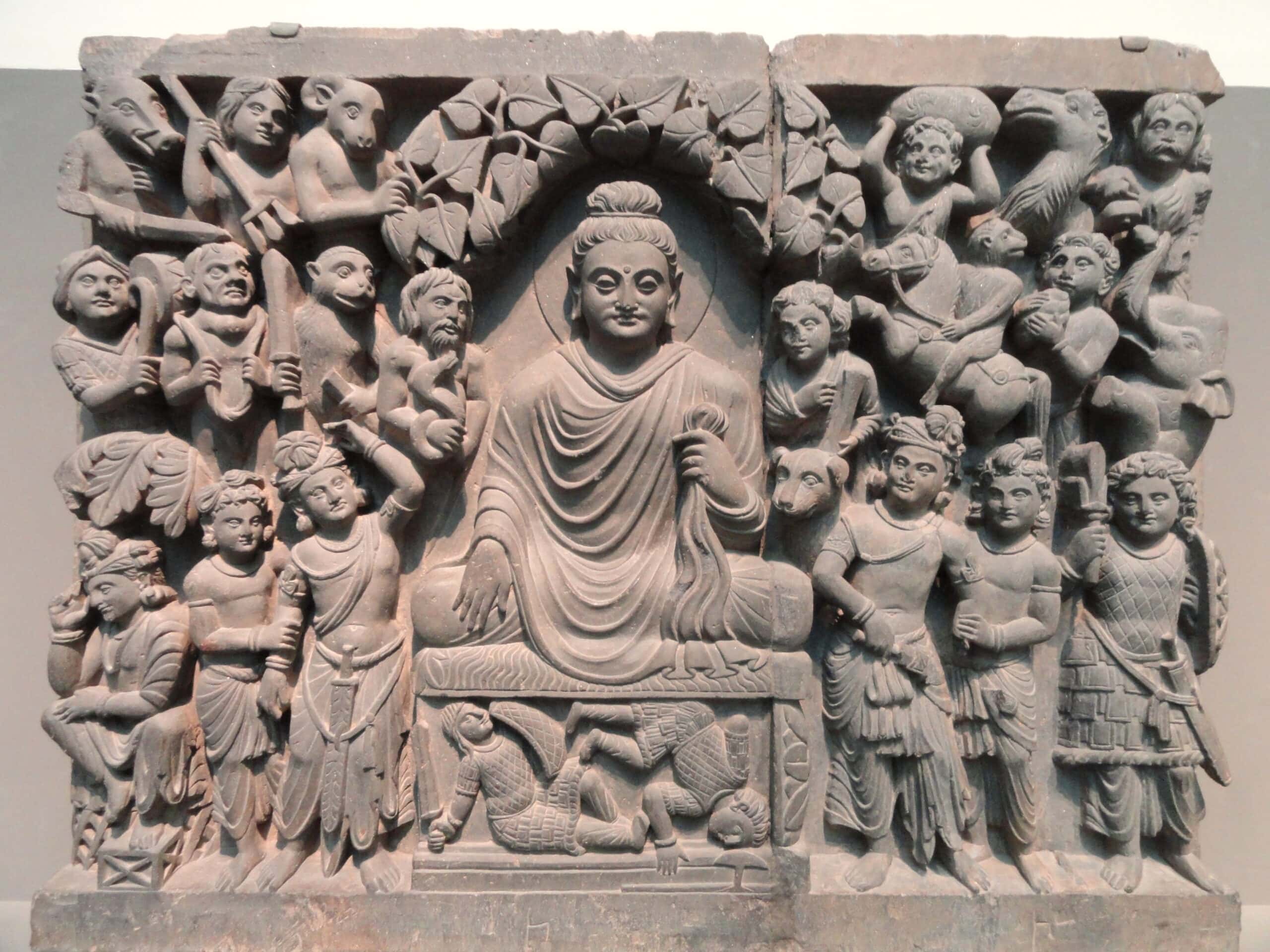
Gandhara Greco-Buddhist Art flourished in what is now Afghanistan and Pakistan between the 1st century BCE and the 5th century CE. This art style blends Greek techniques with Buddhist themes. It features some of the earliest human depictions of the Buddha. The sculptures are realistic, with detailed drapery and expressions. These works spread Buddhist iconography across Asia. Over time, the art form declined, leaving few surviving examples.
Cretan Snake Goddess Figurines
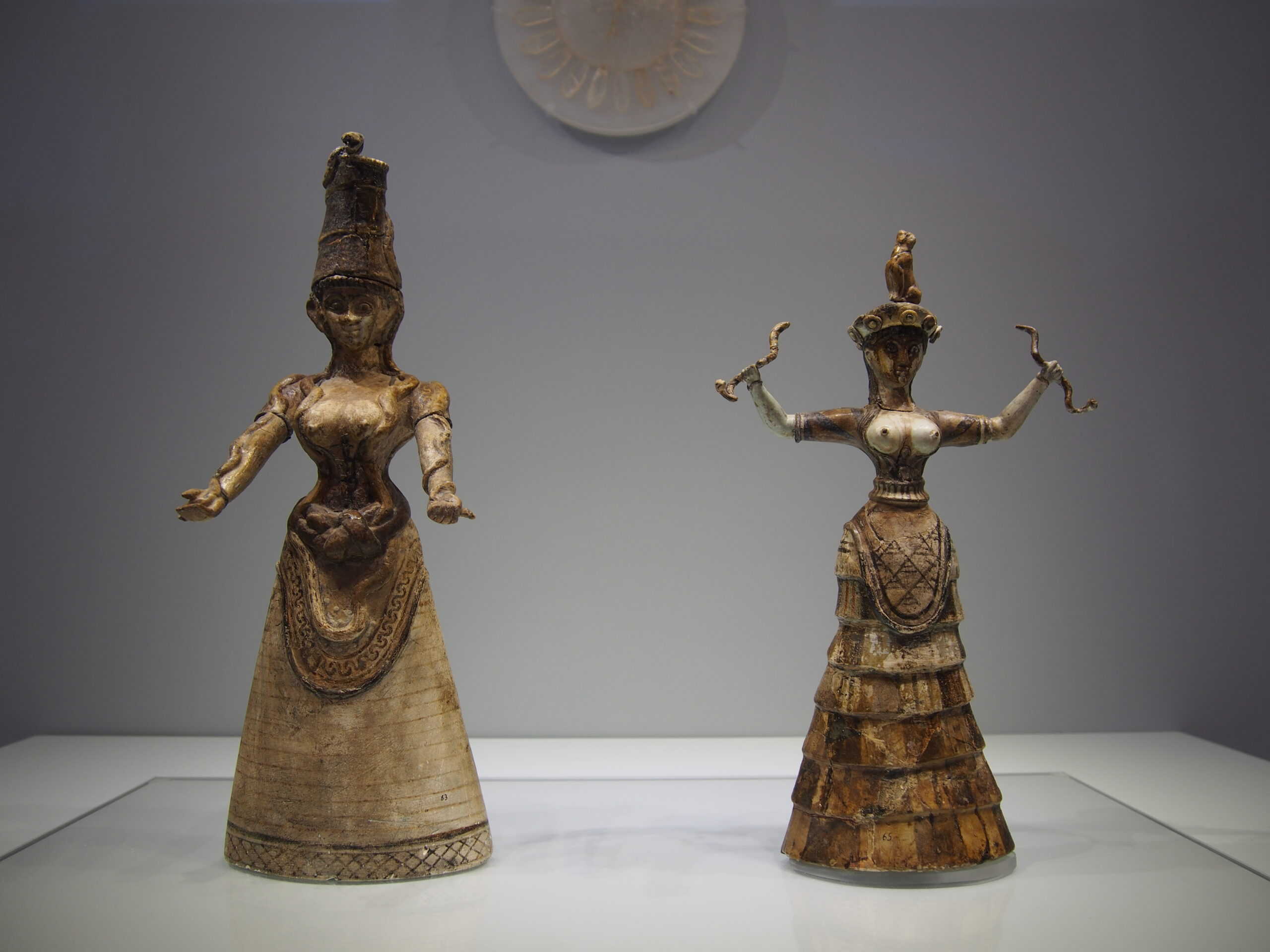
Cretan Snake Goddess Figurines, from the Minoan civilization on Crete around 1600 BCE, are striking religious artifacts. The figurines depict a female deity holding snakes, symbolizing fertility. They are known for their elaborate costumes and dynamic poses. These figures were likely used in household shrines or rituals. The craftsmanship reflects the importance of this goddess in Minoan society. Although the civilization declined, these figurines remain iconic artifacts.
This article originally appeared on Rarest.org.
More from Rarest.org
14 Rare and Unusual Art Techniques You Should Know About
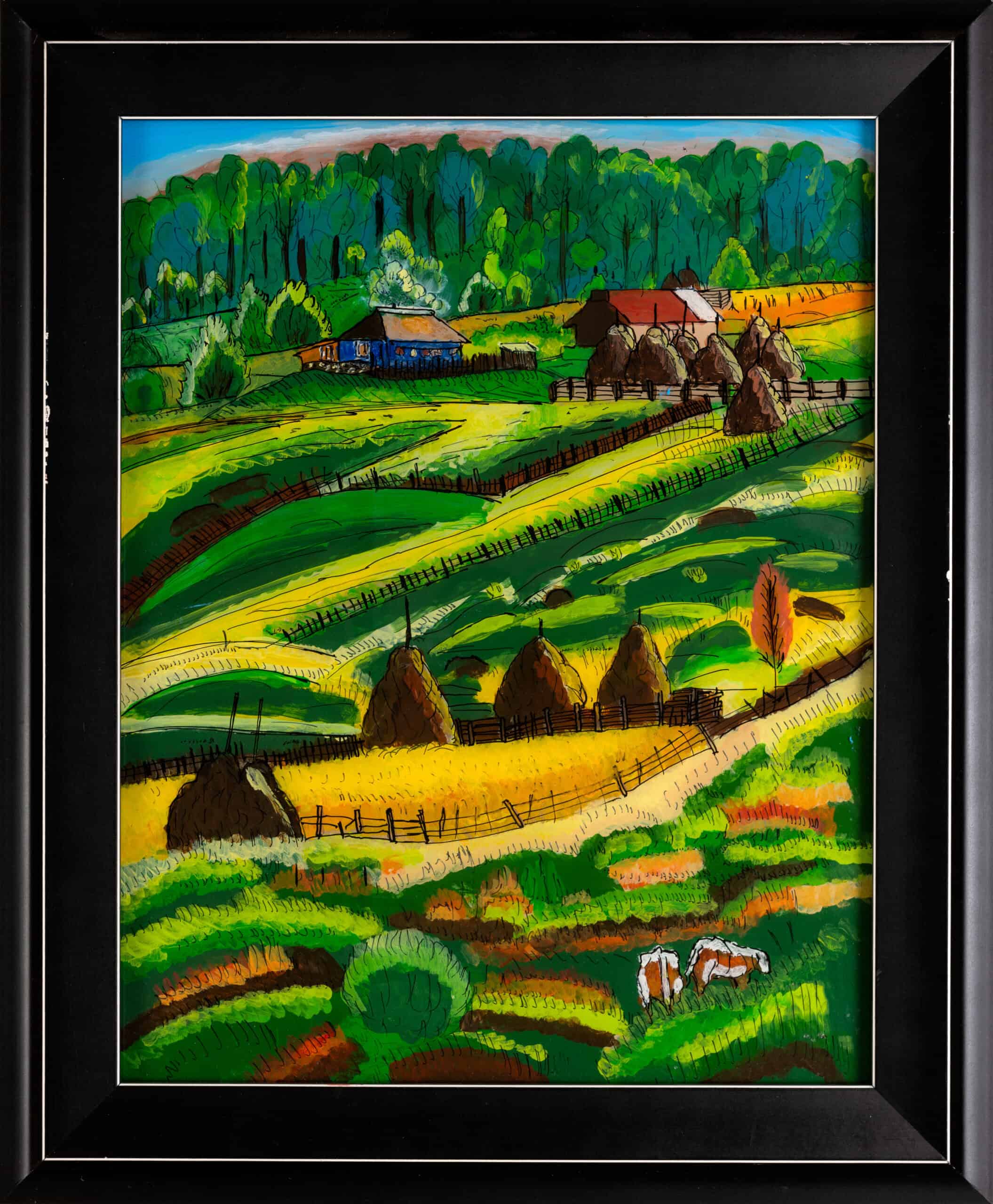
Exploring unique art techniques can expand your creative horizons. Many rare and unusual methods offer distinct and mesmerizing results. Read More.
1974 Jefferson Nickel Value Guide
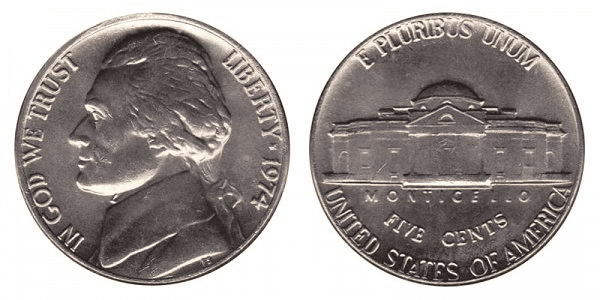
Are you looking for a new nickel coin to add to your collection? Or perhaps, your curiosity about US coins has brought you here. Read More.
1934 Walking Liberty Half Dollar Value Guide
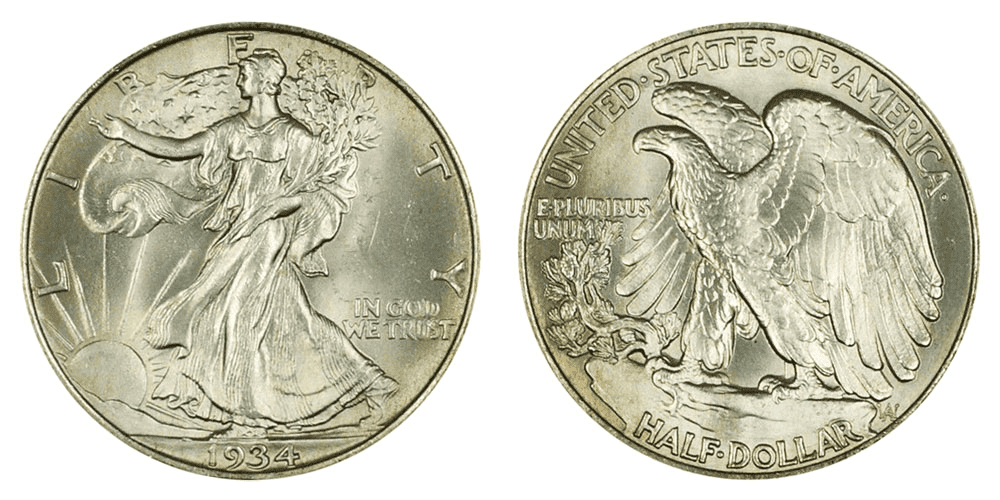
In 1916, the Walking Liberty design made by Adolph Alexander Weinman was chosen as the new half dollar motif to replace the Barber design, which had been in use since 1892. Read More.
